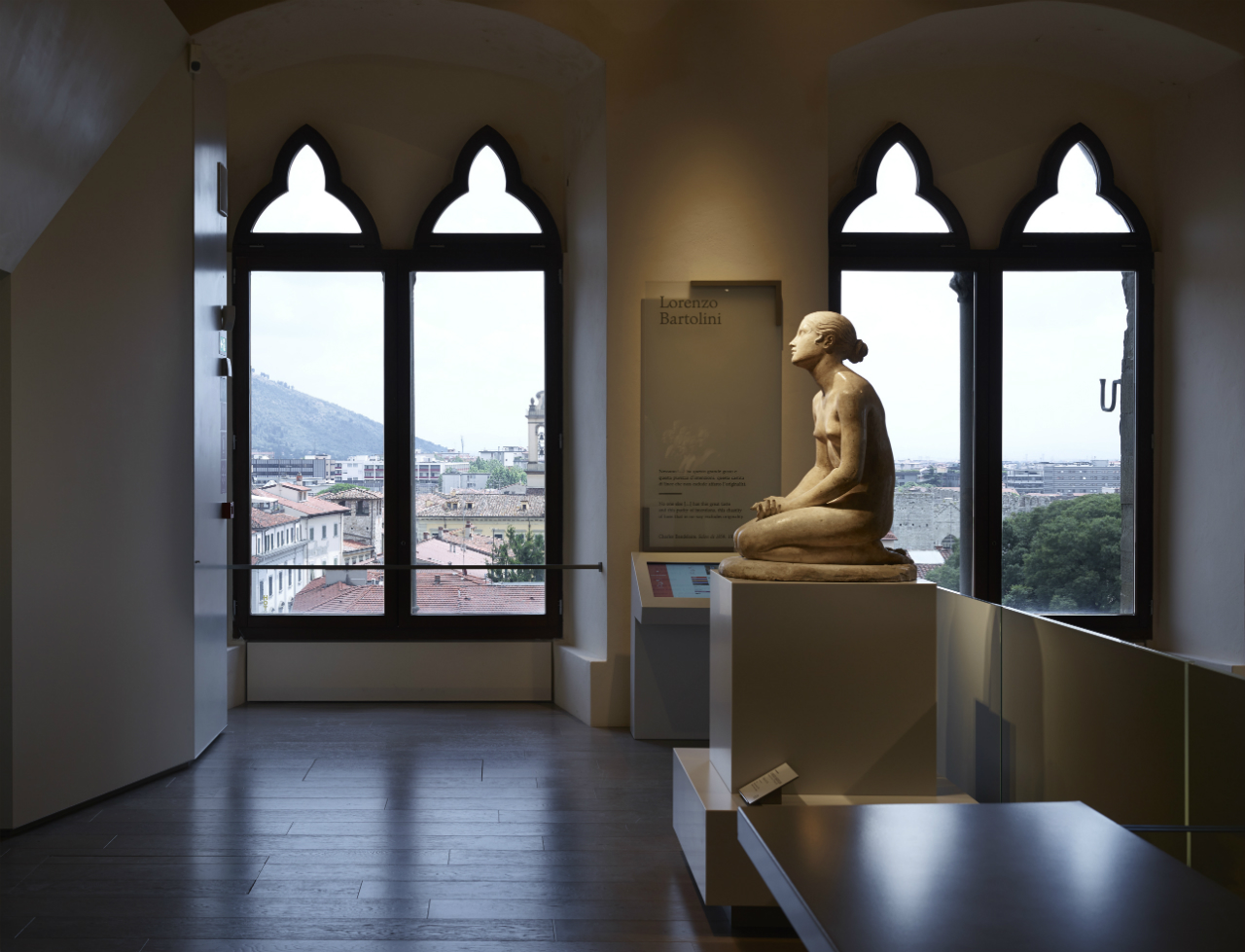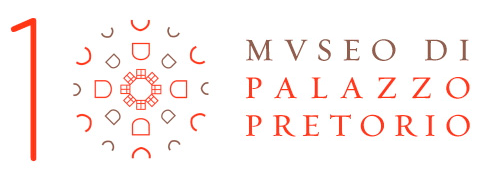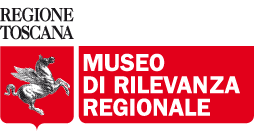Ground floor
The ground floor is dedicated both to museum services, including reception, cloakroom and bookshop, and to the exhibition. Through the ticket office you reach the first hall, in which the history of Pretorio is related. In the second hall artworks and objects, particularly significant and symbolic for the history of the City of Prato, are displayed in order to prepare the visitor for the other rooms: remarkable is the Spezieria from the Misericordia e Dolce Hospital with beautiful officinal vases made in the second half of the eighteenth century by the Ginori factory. The rooms of the former Pawnshop, recently restored, house temporary exhibitions.
Learn more:

First Mezzanine
The first mezzanine is located between the first and the second floor and hosts the teaching room and an impressive video projection about the history of Palazzo Pretorio.
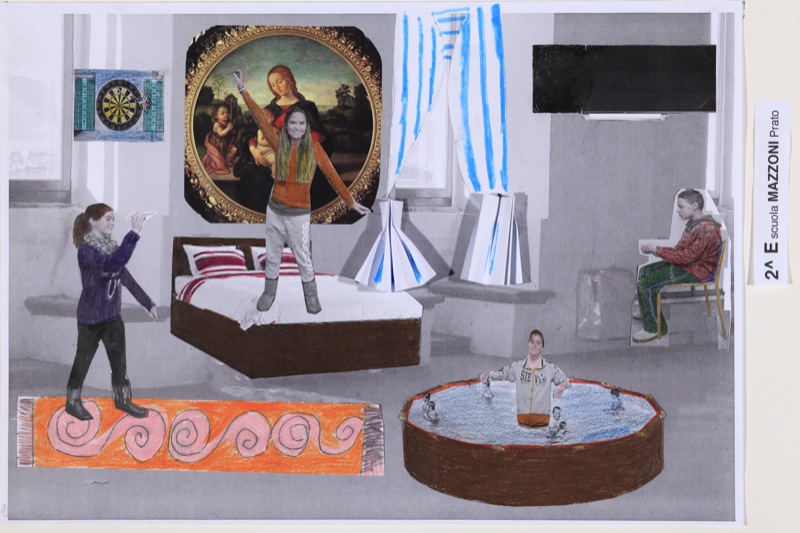
First Floor
On this floor, the first hall is dedicated to the Sacred Girdle, Bernardo Daddi, Agnolo Gaddi and other artists of the late 14th Century.
The great hall holds the most important art of the entire Museum: the splendid late-Gothic polyptychs, such as the great altarpiece by Giovanni Da Milano and the masterpieces by Filippo Lippi and the Prato Workshop.
Another room is dedicated to Filippino Lippi, the greatest painter of Prato, and to other masters of the late 15th and the early 16th Centuries, such as Botticini, Raffaellino Del Garbo and Luca Signorelli. The last room holds valuable examples of Renaissance sculpture, among which an admirable work by Donatello.
Learn more:
- From the late Gothic to the Renaissance
- Filippo Lippi and the Prato Workshop
- Filippino Lippi in Prato
- Donatello and the sculpture of the Renaissance in Prato
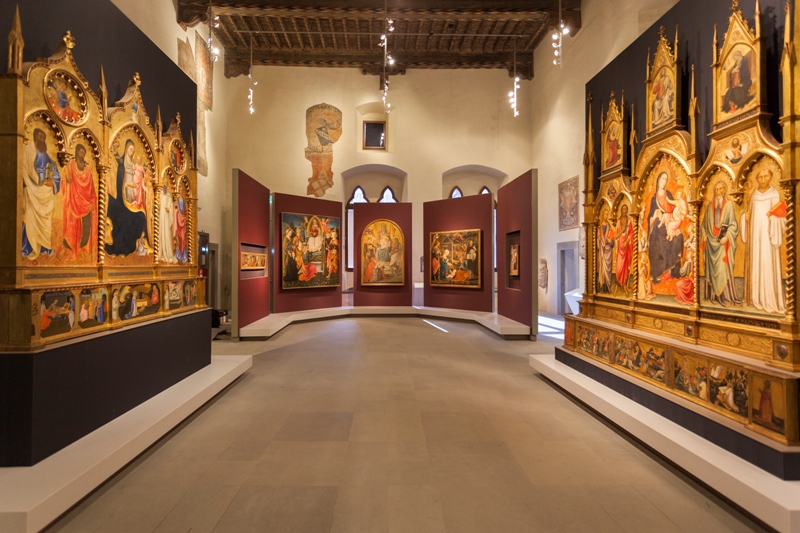
Second Floor
On this floor, the great hall is dedicated to the great altarpieces, belonging to the period from the 16th and the 18th Centuries, which came from the churches and the monasteries of the City. The collection includes works by Poppi, Mario Balassi and Domenico Ferretti, as well as three wonderful panels by Santi di Tito and Alessandro Allori, acquired by the Museum in 2012 thanks to Angela Riblet’s testamentary bequest.
The other rooms are dedicated to the painting of the 16th and the 17th Centuries, and exhibit artworks by Giovan Maria Butteri, Giovan Battista Naldini, Battistello Caracciolo, Cecco Bravo, Mattia Preti and Nicola Malinconico.
Learn more:

Second Mezzanine
The second mezzanine is between the second and the third floor and hosts part of the Martini Collection, acquired by the City in 1895 from the Spedale della Misericordia e Dolce. The selection includes paintings of the last 17th and the early 18th Centuries, and recreates the style of an 18th Century art gallery.
Learn more:
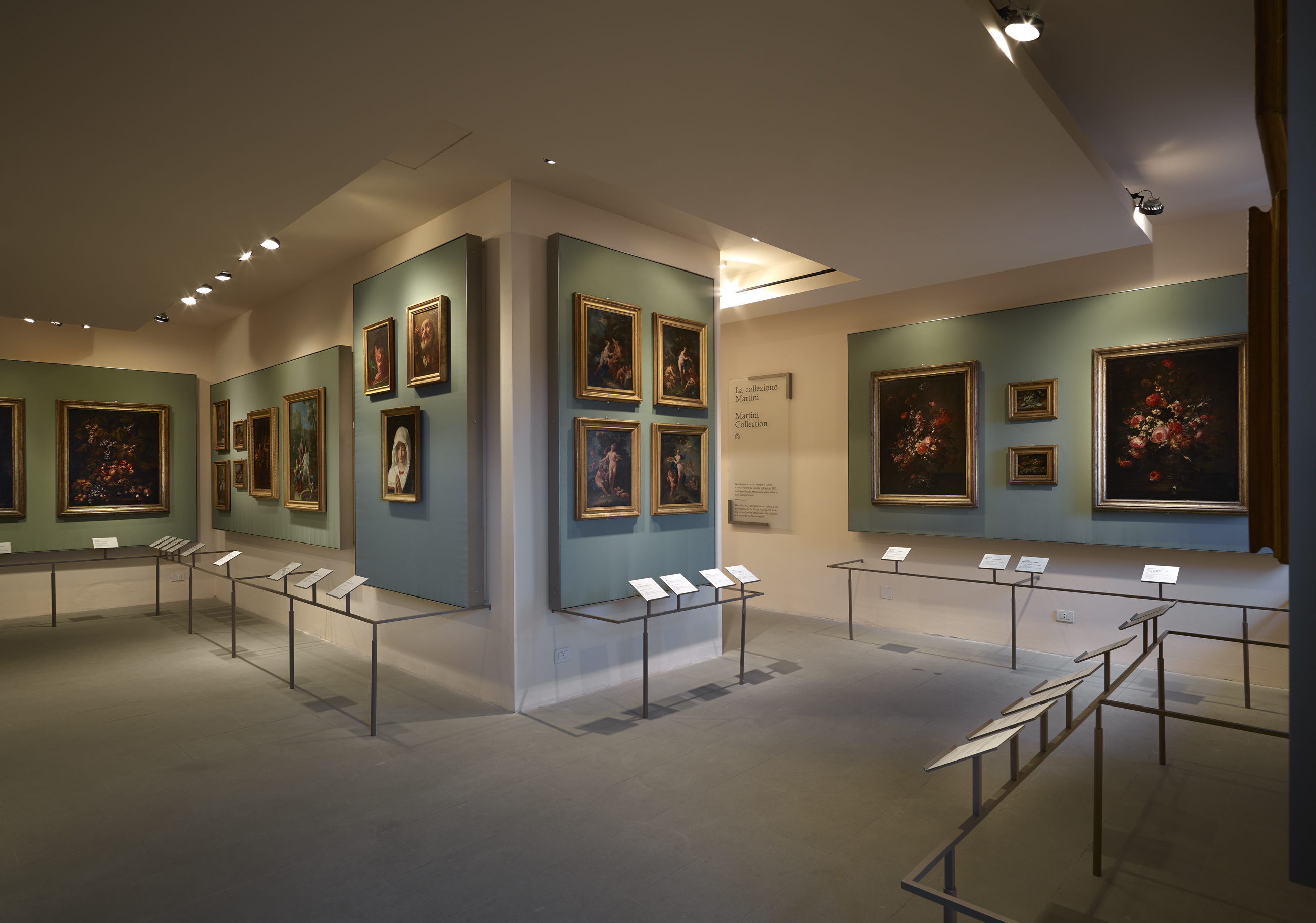
Third Floor
On the third floor, the first room hosts a selection of the drawings by Lorenzo Bartolini, the most important sculptor of Prato, and the preparation cartoons by the Pratese painter Alessandro Franchi. In the great hall the main collection of Bartolini’s oeuvre is on display: chalk models, such as the Faith in God, as well as marble and chalk portraits. There are also several paintings by artists of the 19th Century, such as Von Sturler and the Pratese artists Luigi Mussini and Antonio Marini. Ardengo Soffici and the School of Prato represent the 20th Century. Jaques Lipchitz’s artworks are placed in a special area: six sculptures from the Lipchitz’s Donation – composed by 21 chalk models and 43 drawings and acquired by the City in 2011 from the Lipchitz Foundation - illustrate the entire artistic journey of the great Lithuanian artist.
Learn more:
- The cartoons of Alessandro Franchi and the drawings of Lorenzo Bartolini
- The sculptures of Lorenzo Bartolini
- 19th Century Paintings in Prato
- Soffici and the School of Prato
- The Lipchitz donation
